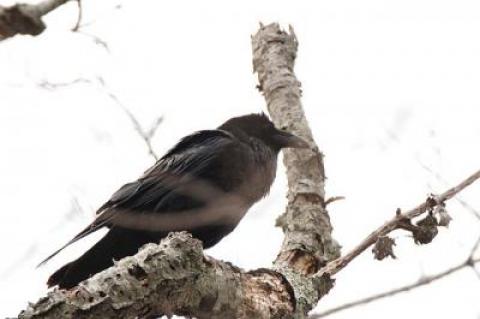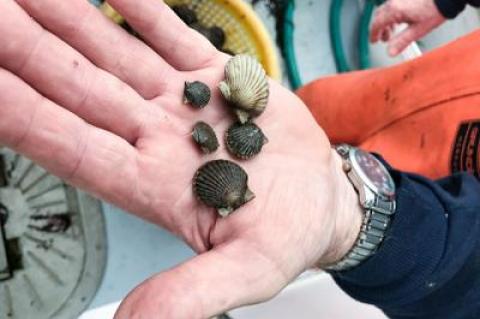It’s that time of year when all of the birds start arriving and setting up homesteads here on eastern Long Island. More and more southern birds have been overwintering so it has become hard to say which ones are year-round residents and which ones are part-timers.
Outdoors
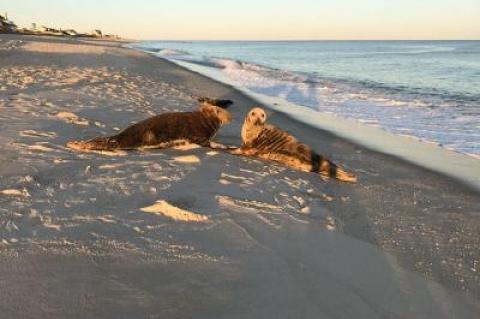 Nature Notes: They Are What They Eat
Nature Notes: They Are What They EatJust about everyone has a rough idea of what “food chains” and “food pyramids” are. The ones at the very bottom are the microbes, single-celled diatoms and the like; the ones at the top are the “top” carnivores. In one respect, the human is a top carnivore. In another, a top herbivore. In all respects — strict vegetarians omitted — an omnivore.
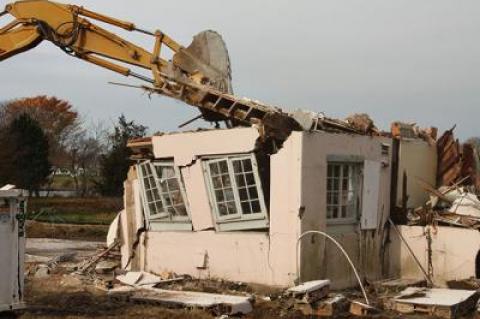 Nature Notes: Going Nowhere
Nature Notes: Going NowhereI just read in today’s New York Times that Nashville has a case of the demolition blues. I may have the same sickness. I also read a reminiscence by Beth Howard, a writer who rented the little farmhouse in Eldon, Iowa, made famous by Grant Wood’s 1930 painting “American Gothic.” Two American themes going in the opposite direction.
 Nature Notes: Bluebirds on the Rise
Nature Notes: Bluebirds on the RiseIn last week’s column, I wrote about the beginning of the local eastern bluebird season. Then I received Joe Giunta’s annual recap of the East Hampton Town area’s bluebird box yield for 2017. Joe and his volunteers have been checking out and maintaining the boxes at nine different East Hampton Town sites and two boxes on North Haven in Southampton Town for nearly 20 years.
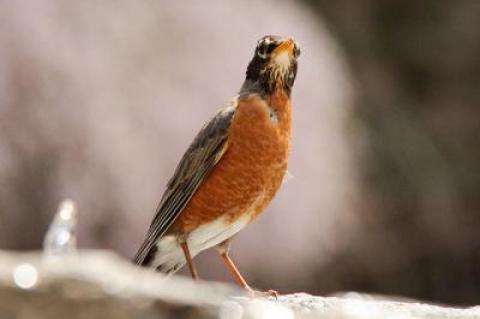 We Are the Wise Ones?
We Are the Wise Ones?Yes, we are on the verge of yet another spring, another new year, another chance to set things right.
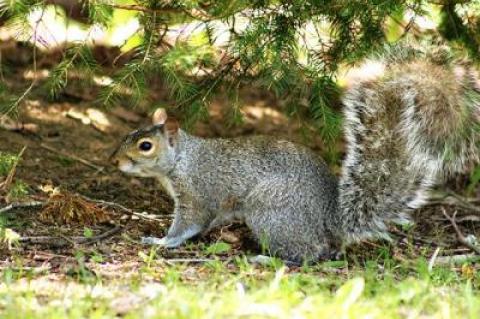 Nature Notes: The Squirrel in Winter
Nature Notes: The Squirrel in WinterThe leaves, except the very lowest, are off the local hardwood trees, most of which are oaks, with fewer hickories, beech, sassafras, and maples. As one drives along the back roads and looks up to either side, the globular bundles of dried leaves and twigs stand out. They’re mostly the size of soccer balls — we would have a hard time trying to fit inside — but they are the perfect size for gray squirrels, our most common mammal larger than a rat.
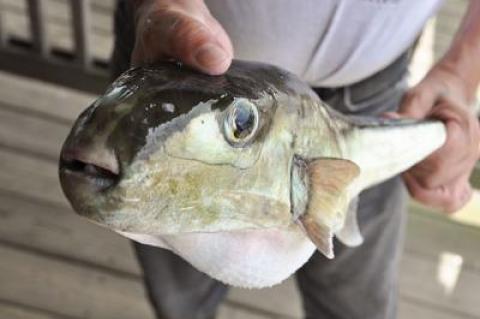 Nature Notes: A Warmer Arctic
Nature Notes: A Warmer ArcticBy the turn of the last century, we knew very little about the Arctic and an awful lot about the Antarctic. The Antarctic was sexy, the Arctic dull.
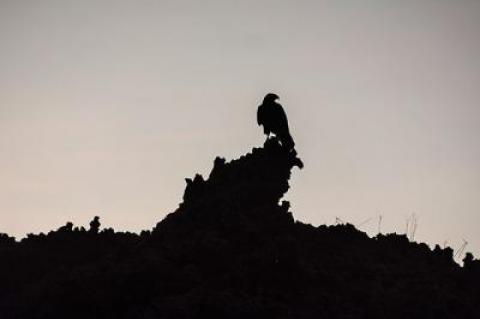 Nature Notes: More Than One Way
Nature Notes: More Than One WayThere are many ways of pairing up and raising young, among humans and in the natural world. Monogamy is found in all other vertebrates, but mostly in birds. We defend the foreigner mute swan from exile in part because it is monogamous, at least seasonally. The bald eagle, osprey, and a host of other avian species are also monogamous.
It’s Martin Luther King Day, Noyac Bay is refrozen, and it’s 29 degrees out, mostly gray. I’m inside, warm and cozy. Our individual histories are marked in different ways, storms, wars, frigid winters, hot summers, presidential elections and a variety of local events, births, graduations, weddings, promotions, firings, divorces, and deaths. Our most calamitous times on Long Island are the result of hurricanes and northeasters.
’Twas the night before Christmas, quiet and calm, the creatures that live here were cozy and warm,
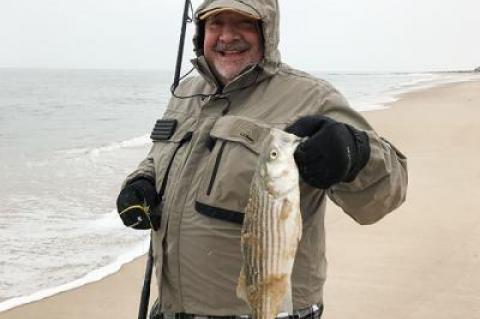 On the Water: Stripers in the Snow
On the Water: Stripers in the SnowWhile the calendar may not officially state it, winter is here. By any measure, Saturday’s slushy snowfall, our first of the season, was a rather benign event. Yet, the wet, heavy snow, which was enforced by a rather strong northeast wind, made it feel much colder than the 33-degree temperature. It was a raw, nasty, bone-chilling day. For most, it was a day better spent indoors.
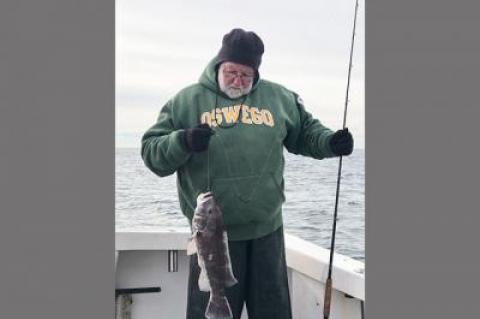 Blackfish Paradise Found
Blackfish Paradise FoundI like cold weather. I always have. But the wicked change in temperatures this past weekend was truly jarring for me. Just a few days prior to the freezing conditions, which were enhanced by the bitter northwesterly wind, I was walking around in shorts and a light T-shirt. I was reluctant to say goodbye to our warm weather.
As Roseanne Roseannadanna used to tell us on “Saturday Night Live,” “It’s always something,” Things haven’t changed, or is that “the more things change, the more they stay the same”? We’re living in an up-and-down world, in a dynamic equilibrium. If it weren’t for the sunrises and sunsets, the phases of the moon and the clock-like rise and fall of the seas two times a day, we would be lost.
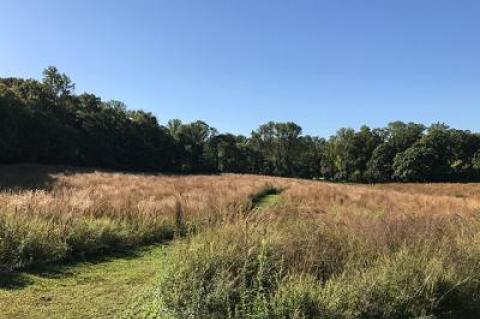 Nature Notes: Last of the Grasslands
Nature Notes: Last of the GrasslandsWhen J.P. Giraud, the American naturalist, published his book “The Birds of Long Island” in 1844, one would be hard pressed to find a single heath hen left on Long Island. Game birds such as the heath hen, Labrador duck, and passenger pigeon disappeared early, along with the wild turkey. The first three became extinct.
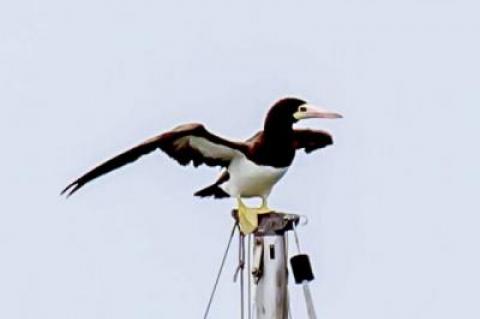 A Love Letter to Montauk
A Love Letter to MontaukThis October a different cosmopolitan species, the brown booby, common in the Caribbean countries and throughout tropical seas of the world, showed up in Montauk and may have found a new home.
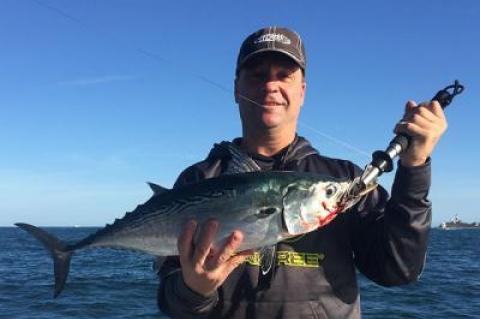 Thrown Back for Another Day
Thrown Back for Another DayThere were some decent reports of cod a week earlier, but the ever-present black sea bass could be a problem. While they are widely proclaimed to be one of the tastiest fish, sadly, we would not be able retain any, as the season for them in Rhode Island and federal waters (more than three miles offshore) remains closed until this coming Sunday.
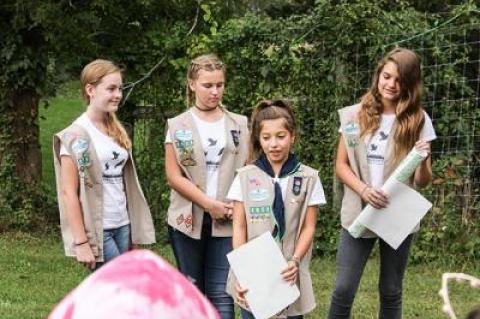 Nature Notes: The Call of the Bobwhite
Nature Notes: The Call of the BobwhiteHear ye, hear ye, hear ye! The Long Island hunting season for bobwhite quail starts on Nov. 1 and ends on Dec. 31.
 Sea Bass Are Eating Well
Sea Bass Are Eating WellIf you are a fan of catching black sea bass, you have certainly been spoiled for a number of years by the increasingly large biomass of the fish. It seems they are everywhere, and now they are showing up in locations never seen before.
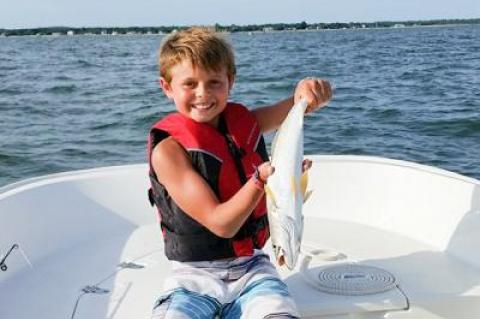 Encounters of the Odd Kind
Encounters of the Odd KindAs the owner of the Tackle Shop in Amagansett for nearly 40 years, Harvey Bennett has probably seen just about everything that could happen on the water.
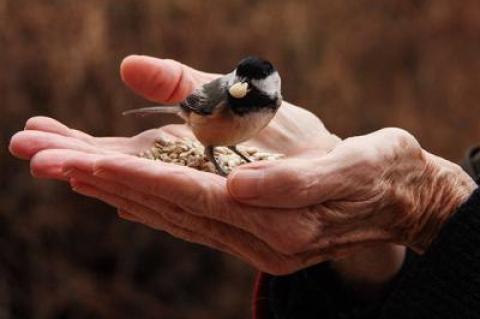 Nature Notes: The Common Good
Nature Notes: The Common GoodDown the road a piece from where I live is a wonderful nature Shangri-La overseen by the United States Fish and Wildlife Service, the Elizabeth Morton Wildlife Refuge. It once was a farm and now it is a place known by almost everyone on eastern Long Island and elsewhere for its wildlife and geological uniqueness.
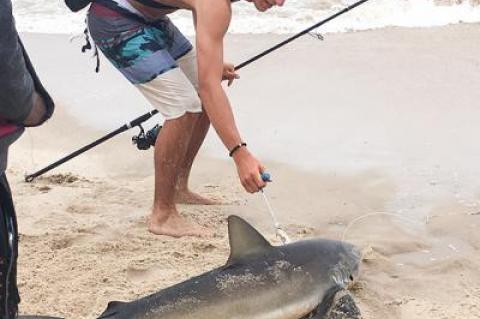 And Now, Hurricane Season
And Now, Hurricane SeasonMeteorologists and their forecasts will always get a bad rap. That will probably never change. However, I usually get a bit of a chuckle when Colorado State University puts out its annual forecast for the Atlantic Basin hurricane season.
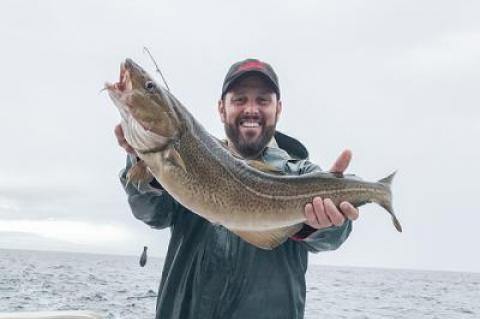 Finned Visitors From Afar
Finned Visitors From AfarLike me, I’m sure you have seen more than your fair share of out-of-state license plates on our roads this summer. California has been a common one, along with Texas, Ontario, Illinois, Florida, and New Mexico, to name just a few. There have been no sightings of a plate from Guam, but there is still time; however, we have seen some other foreign and distant visitors make a cameo appearance in the high-profile Hamptons scene of late. These are not your summer jet-setters ready to attend the latest charity event. These have fins and gills.
Who are the white supremacists? The neo-Nazis? ISIL? The Taliban? Boko Haram? These are some that we know about, but there may be hundreds of other such groups of militant, almost entirely male organizations that in various ways are trying to subvert the rest of us non-belongers and non-believers in devious and perverse ways that we have yet to learn about.
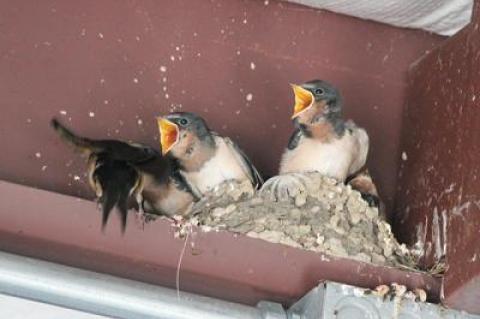 Nature Notes: Changes, Changes, Changes
Nature Notes: Changes, Changes, ChangesEutropia in ecology is akin to functional Utopia in mankind’s world. There are levels of position and function, just as in modern society.
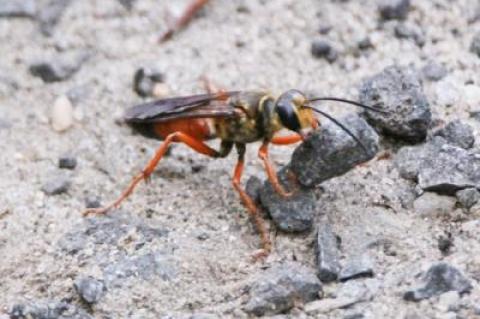 Nature Notes: Time of the Fireflies
Nature Notes: Time of the FirefliesThe never-ending mobbing calls of common crows and fish crows continue, but one rarely hears a songbird sing as we approach the halfway point of summer. Most of the birds have bred. The osprey fledglings are learning how to dive for fish. Turkey families are breaking up in preparation for the fall harvest.
 Winter Kings in Summer
Winter Kings in SummerWhen I told a few friends the other week on a 90-degree day that I was planning to go fishing for cod, I received some strange and quizzical looks.
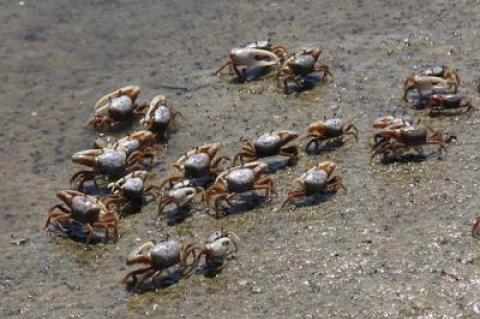 Nature Notes: Nature Is Doing Well
Nature Notes: Nature Is Doing WellSummer presses on, hot and humid with an occasional bout of rain. The beaches fill up on the weekend, the traffic is crazy mad on the South Fork’s main thoroughfares, County Road 39, Montauk Highway, Noyac Road, the Bridgehampton-Sag Harbor Turnpike, Route 114, and the Scuttlehole-Head of Ponds-7 Ponds-Mecox Roads, which wind through the fields of Bridgehampton and Water Mill and meet North Sea Road north of Southampton Village.
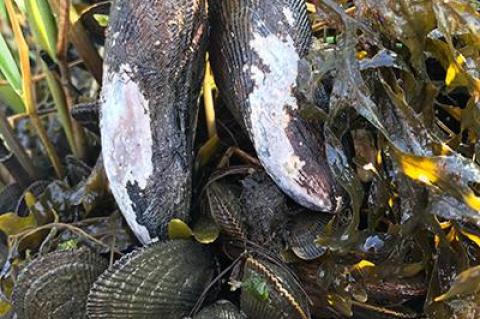 Dangerfields of the Shoreline
Dangerfields of the ShorelineThe afternoon of July 3 was a perfect time to take a leisurely kayak cruise in Sag Harbor Cove. Due to other commitments this season,

